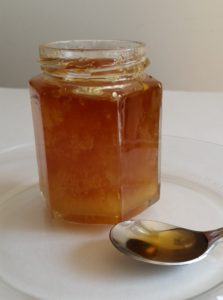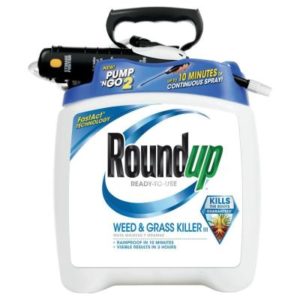
Credit: USDA
Great news for those who like honey! Even though honey is really sweet (lots of sugars!), eating it actually helps your health. Univ. of Toronto researchers analyzed 18 well done studies and found that honey improved key measures of cardiometabolic health, including blood sugar and cholesterol levels.
These results are interesting because they contrast with other research finding a high intake of sugars (e.g., sugar, high fructose corn syrup, soda) contributing to obesity, type 2 diabetes, and cardiovascular disease. Unfortunately, most regulatory agencies, including the World Health Organization, the Heart and Stroke Foundation, and the FDA (US Food and Drug Administration), include honey within their definition of free or added sugars. And advise limiting intake.
However, honey is not like other sugars. Honey has a complex composition of organic acids, minerals, vitamins, enzymes, proteins, amino acids, and bioactive substances. Rare sugars constitute around 14% of the sugar content of honey. Raw honey also contains probiotic bacteria.
All sorts of studies (in vitro, animal, clinical) have shown that honey has health benefits for cardiometabolic health. Among these benefits are improvements in body weight, inflammation, lipid profile, and glycemic control.
What kind is best? The Univ. of Toronto researchers found that the best health results are found with consumption of raw honey, clover honey, and robinia honey. In other words, honey that is not processed (raw honey) or from only 1 floral source (e.g., clover, acacia/robinia).
How much is best? The median dose consumed was 40 g or about 2 tablespoons daily, usually added to foods or beverages as a sweetener (e.g., in tea, mixed with yogurt, spread on bread) . Enjoy!
From Science Daily: Sweet: Honey reduces cardiometabolic risks, study shows
Researchers at the University of Toronto have found that honey improves key measures of cardiometabolic health, including blood sugar and cholesterol levels -- especially if the honey is raw and from a single floral source. ...continue reading "Study Finds Health Benefits From Eating Honey"

 Are all foods contaminated by the herbicide glyphosate?
Are all foods contaminated by the herbicide glyphosate? An article points out what we should all be concerned with, but is being ignored - pesticide residues of glyphosate (found in Monsanto's Roundup) and 2,4-D in foods. Glyphosate is the most used pesticide in the world, and both glyphosate and 2,4-D pesticide residues in food are set to really increase with the introduction of
An article points out what we should all be concerned with, but is being ignored - pesticide residues of glyphosate (found in Monsanto's Roundup) and 2,4-D in foods. Glyphosate is the most used pesticide in the world, and both glyphosate and 2,4-D pesticide residues in food are set to really increase with the introduction of 